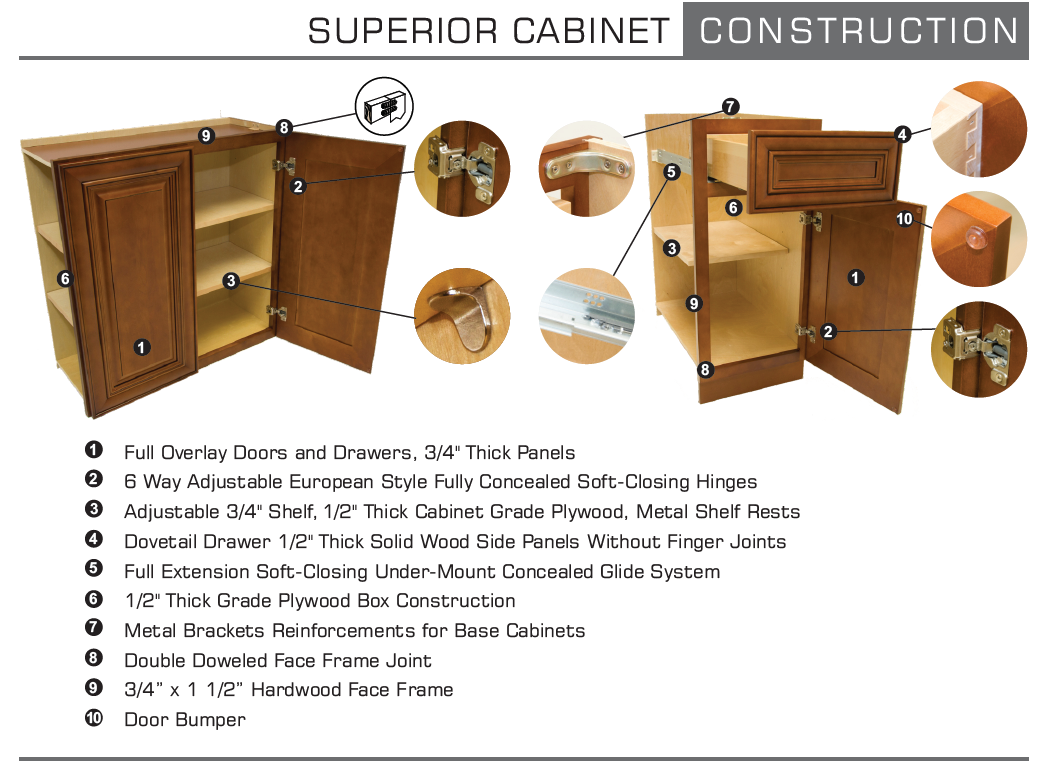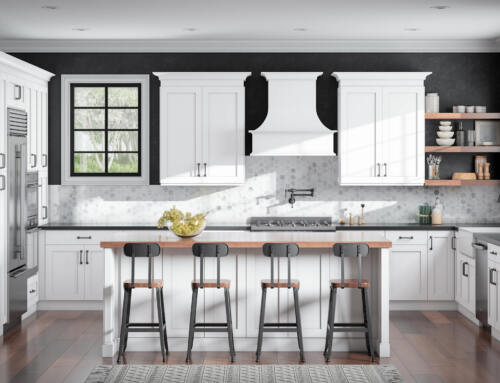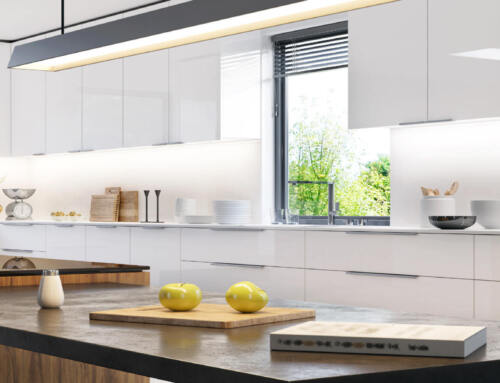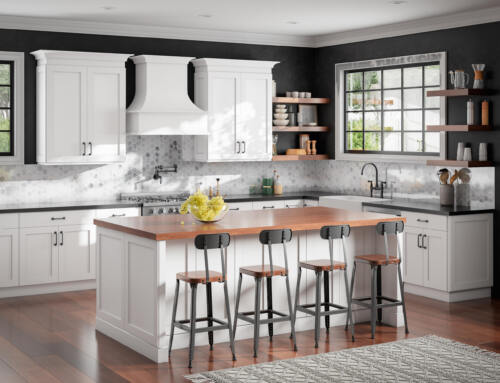Understanding the Construction: Face Frame vs. Frameless RTA Cabinets
Title: Understanding the Construction: Face Frame vs. Frameless RTA Cabinets
In the world of Ready-To-Assemble (RTA) cabinets, the choice between face frame and frameless designs is pivotal, shaping not only aesthetics but also construction and functionality. Let’s dive into the distinct features that set these two cabinet styles apart.
Introduction: When considering RTA cabinets, understanding the fundamental construction differences is key to choosing the right style for your kitchen or bathroom. The construction dissimilarities between face frame and frameless cabinets significantly impact their appearance, sturdiness, and storage space utilization.
Face Frame RTA Cabinets:
Construction: Face frame cabinets possess a frame at the front, usually crafted from solid wood, surrounding the cabinet box. This frame acts as a support structure for the cabinet doors, providing stability and aiding in installation.
Advantages:
- Traditional Aesthetics: The face frame lends a classic, timeless appearance to the cabinetry.
- Durability: The frame enhances structural strength and longevity.
- Easy Installation: The frame provides a convenient base for door attachment.
Frameless RTA Cabinets with Slab Doors and Metal Drawers:
Construction: Frameless cabinets, also known as European style cabinets, lack the frontal frame, offering a seamless, sleek look. They are constructed using thicker side panels, and the cabinet doors and drawers directly attach to the cabinet box.
Advantages:
- Modern Aesthetic: The absence of the face frame offers a minimalist, contemporary appearance.
- Increased Accessibility: Frameless design maximizes interior space, providing more room for storage.
- Versatile Door Options: Typically paired with slab-style doors, these cabinets offer a variety of sleek, handleless designs.
Choosing the Right Style for Your Space:
- Design Preference: The decision often comes down to personal taste. Classic or contemporary? Traditional or modern?
- Functionality: Consider how you plan to utilize the space. Frameless cabinets offer more room for larger items due to the absence of the face frame.
- Installation and Maintenance: While face frame cabinets may be easier to install, frameless cabinets are relatively simpler to clean and maintain.
Conclusion: Understanding the construction variances between face frame and frameless RTA cabinets empowers you to make an informed choice that aligns with your design preferences and functional needs. Whether it’s the classic charm of face frame or the sleek modernity of frameless cabinets, both styles offer distinctive advantages catering to diverse tastes and requirements.









Leave A Comment